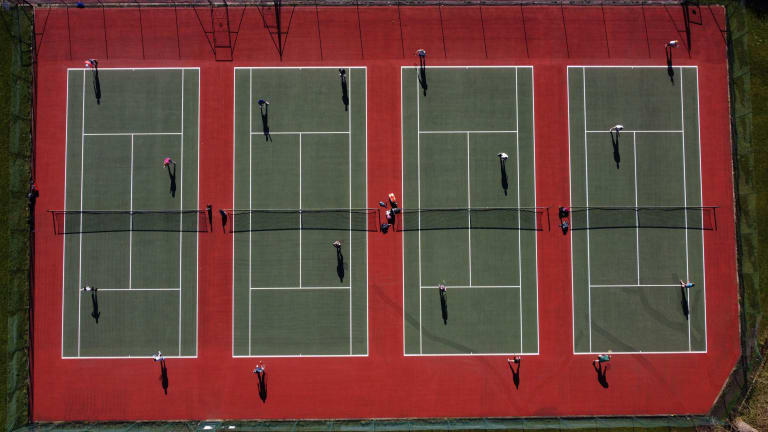In the spring of 2020, when the pandemic began, hundreds of tennis clubs grounded their operations to a halt and began to lose money. Members considered not paying dues. Revenue from court fees, instruction and concessions plummeted. As various safeguards came, went, returned and shifted, many clubs occupied a state of doubt—managers, employees and members confused at what the rules were, and how to best enforce them.
Touch balls or not? Is doubles safe or dangerous? Should players wear masks when playing? Book court time or just show up? And what to do when members weren’t complying with the rules? Even water coolers were a source of potential danger.
And then everything began to change. As the world became at least somewhat safer—and as more and more people saw tennis as an engaging, safe and social form of exercise and enjoyment—tennis clubs rebounded. It began slowly, perhaps with something as simple as members safely taking off their masks when outdoors. Then there came more doubles matches. Bit by bit, various elements of the tennis club reopened. Members began to feel increasingly comfortable hanging out in certain areas. Tennis directors resumed Friday night mixers. League tennis returned. And all along, lesson-taking continued to accelerate among players of all ages and playing levels.
There remain many concerns. Should all members be vaccinated? What areas are safer than others? How do members feel about all this tumult?
Amid all this, the contemporary tennis club has an opportunity to reinvent itself. Perhaps an approach to booking courts that was implemented during the pandemic might well be more viable. Clubs that streamlined staff are considering staying that way. Or, as the facility takes a different shape, is there a need to add new employees, but with a different set of responsibilities, such as a more rigorous approach to onboarding new members?
But most of all, it’s clear that clubs are once again in a dynamic phase. “There are clubs that have never had waiting lists and now they’re having waiting lists,” says John Embree, USPTA CEO and executive director. “They can’t service the demand.”
